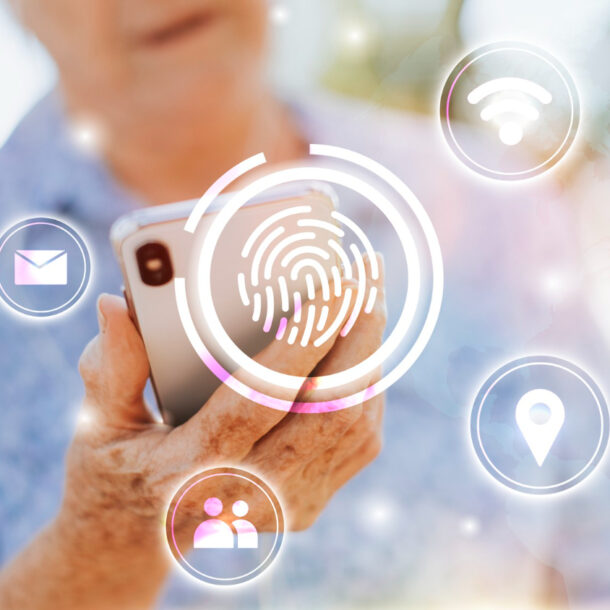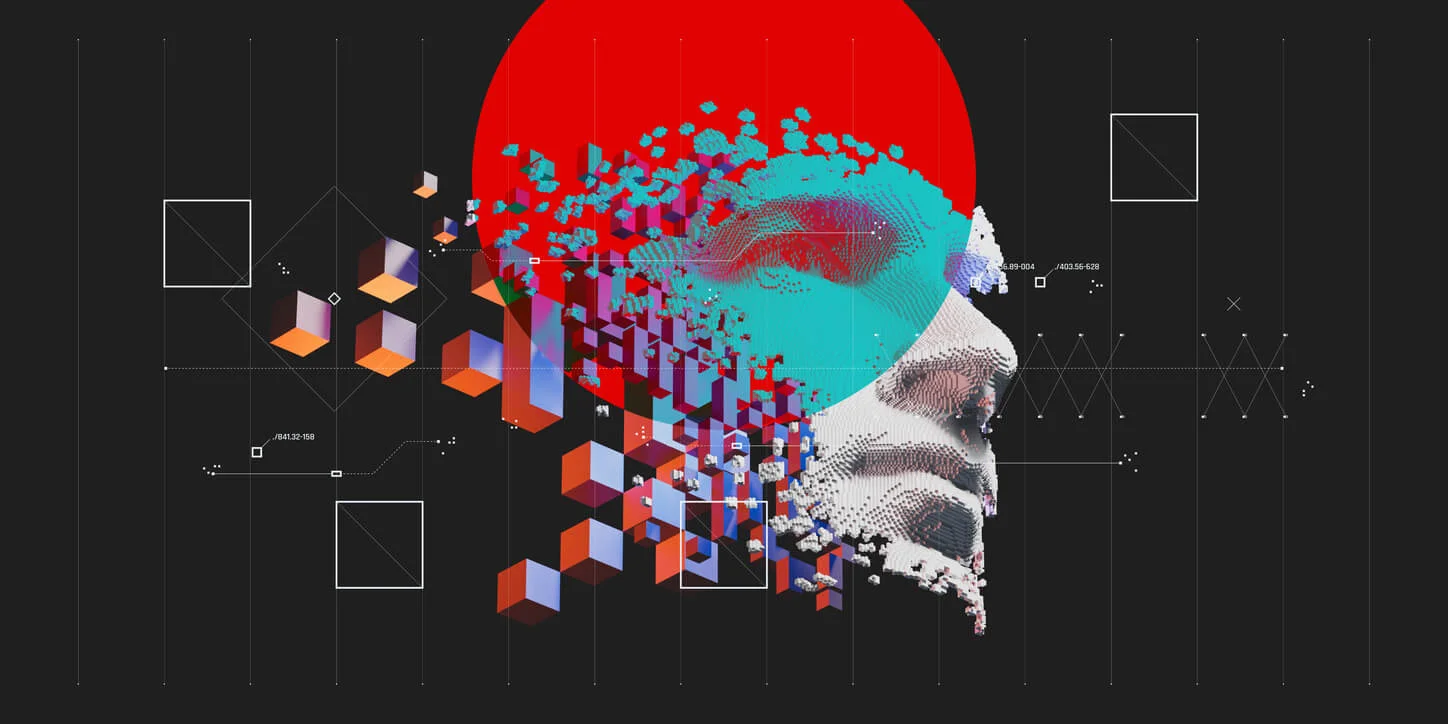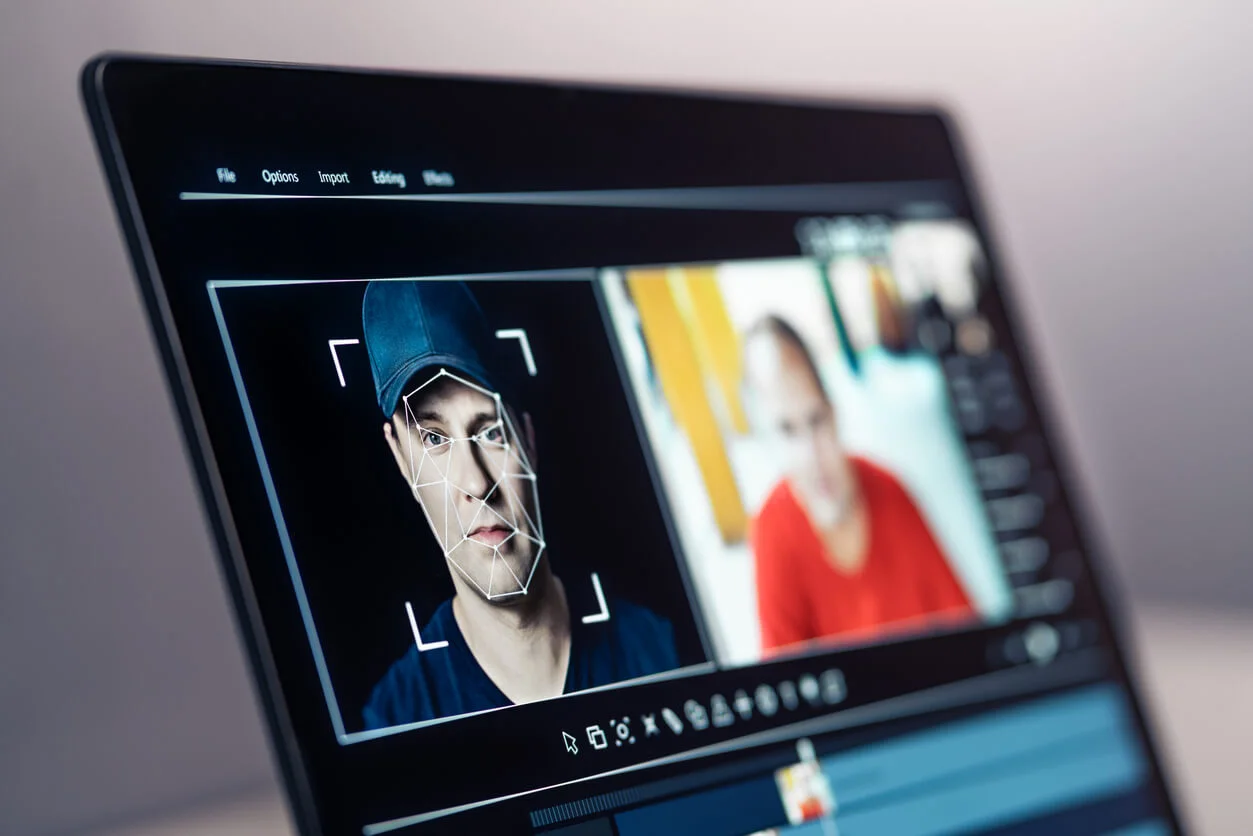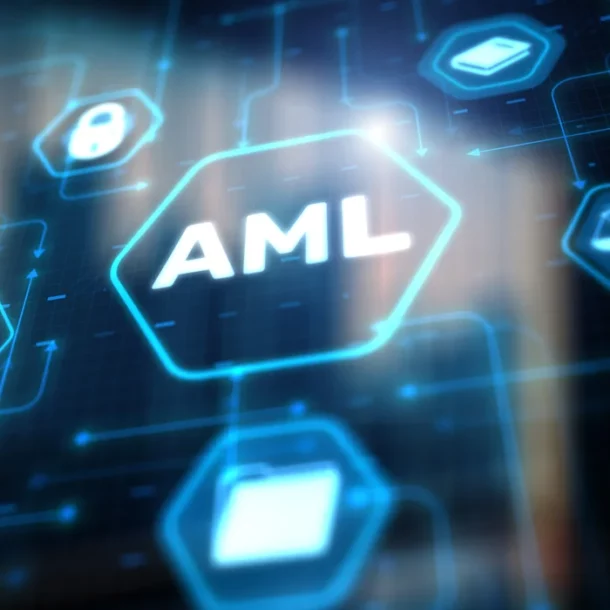

Top 3 Things to Know for a Successful e-KYC Process and Common Hurdles to Overcome
In the digital age, businesses are constantly evolving to keep up with the ever-changing landscape of technology and customer expectations. One significant advancement in this regard is the implementation of electronic Know Your Customer (e-KYC) processes. e-KYC not only







